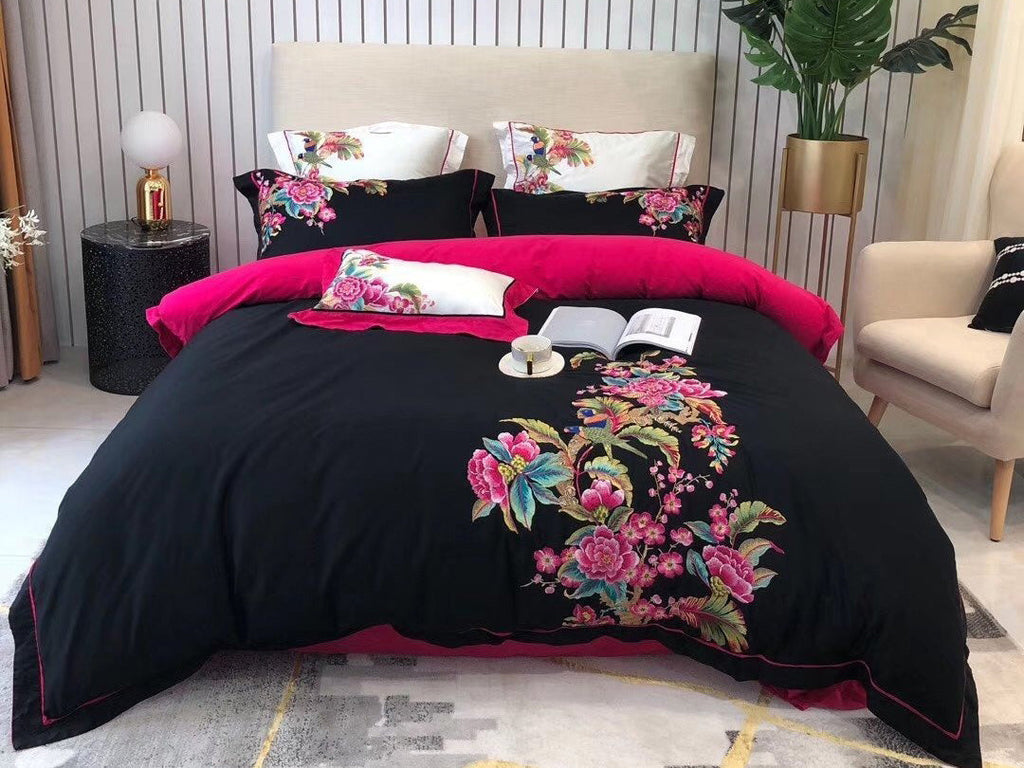The Unseen Threads: A Journey Through Textile History and Innovation
From the dawn of human civilization, textiles have been far more than mere coverings. They are the silent witnesses to our progress, the canvases for our creativity, and the very fabric of our societies. Every fiber, every weave, every dye tells a story – a story of ingenuity, trade, art, and survival. Join us on a journey through the fascinating world of textiles, exploring the profound impact these materials have had, and continue to have, on our lives.
The Ancient Origins: More Than Just Clothing
Long before the invention of the wheel or written language, early humans were manipulating fibers. Archaeological evidence suggests the use of spun fibers for nets and baskets dating back tens of thousands of years. The discovery of linen fragments in Georgian caves, carbon-dated to around 30,000 BCE, provides astonishing proof of our ancestors' sophisticated understanding of natural fibers. These early textiles weren't just for warmth; they were tools for hunting, carrying, and even ritual.
Consider the humble cotton plant, a staple of modern textiles. Its domestication can be traced back to both the Indus Valley Civilization (around 2500 BCE) and ancient Peru (around 4000 BCE), demonstrating parallel innovations across continents. The development of spinning and weaving techniques, initially by hand and later with rudimentary looms, marked a pivotal moment in human history, allowing for the creation of more complex and versatile fabrics. These early textiles fostered trade routes and cultural exchange, linking distant communities through the desire for exotic cotton, soft wool, or shimmering silk. For modern comfort and style, explore our three-piece cotton bedding sets, offering a blend of tradition and contemporary design.

The Silk Road: A Tapestry of Trade and Culture
Perhaps no textile has captivated the human imagination quite like silk. Originating in China around 6000 BCE, its production was a closely guarded secret for millennia. The desire for this lustrous, strong, and lightweight fiber fueled the creation of the Silk Road, a vast network of trade routes connecting East and West. This wasn't just a commercial highway; it was a conduit for the exchange of ideas, technologies, religions, and art. The influence of silk extended beyond luxury garments; it became a diplomatic tool, a form of currency, and a symbol of status and power.
The journey of silk across deserts and mountains involved incredible ingenuity, from the cultivation of mulberry trees and silkworms to the intricate processes of reeling, spinning, and weaving. The resulting silk charmeuse or silk satin, known for its unparalleled drape and feel, became a commodity so valuable it rivaled gold.
The Industrial Revolution: Weaving a New World
The 18th and 19th centuries witnessed a radical transformation in textile production, forever altering the course of human society. The invention of the spinning jenny, the water frame, and later the power loom mechanized processes that had been labor-intensive for millennia. This marked the dawn of the Industrial Revolution, with textile mills becoming the engine of economic growth in many nations. Cities swelled with workers, and new social structures emerged around factories. The increased efficiency meant fabrics like cotton poplin and denim became widely accessible, changing how people dressed and lived.
While the Industrial Revolution brought unprecedented abundance, it also brought significant social challenges, including poor working conditions and child labor. Yet, it undeniably propelled textile innovation forward at an astonishing pace, making high-quality fabrics available to a much broader population and setting the stage for even more revolutionary developments. For a taste of this quality in everyday life, consider our pure cotton bedding sets or the elaborate cotton washed double-layer yarn four-piece bedding set.
Beyond the Loom: Modern Textile Marvels
Synthetics: The Age of Artificial Fibers
The 20th century ushered in a new era of textile innovation with the creation of synthetic fibers. Nylon, invented in the 1930s, was a groundbreaking material, offering incredible strength, elasticity, and water resistance. Following nylon came polyester, acrylic, and a host of other artificial fibers, each engineered for specific purposes. These synthetics revolutionized everything from clothing and home furnishings to industrial applications and medical devices. Their durability and versatility have made them indispensable in modern life, providing alternatives and enhancements to traditional natural fibers. The development of materials like polyester fabrics allowed for new possibilities in design and performance.
Smart Textiles: The Future is Woven In
Today, the world of textiles is more dynamic than ever. We are moving beyond mere aesthetics and function into an age of "smart textiles" – fabrics embedded with technology that can respond to stimuli, generate power, or even monitor vital signs. Imagine clothing that can regulate your body temperature, curtains that generate electricity from sunlight, or bandages that track wound healing. These innovations are blurring the lines between fashion, technology, and science.
The advancements in materials science continue to push boundaries. For example, the creation of fabrics with enhanced properties, such as advanced waterproof fabrics or highly breathable materials, demonstrates the ongoing quest for functional excellence in textiles. For premium comfort grounded in tradition, consider our American Pastoral 60% cotton long-staple cotton four-piece bedding set, or a versatile long-staple cotton printed four-piece bedding set.
The Unseen Impact: Sustainability and Responsibility
As our understanding of the environmental impact of industry grows, the textile sector faces new challenges and opportunities related to sustainability. From the cultivation of organic cotton to the development of closed-loop recycling systems for synthetic fibers, there is a growing global effort to create more environmentally responsible textiles. This involves everything from minimizing water usage in dyeing processes to exploring innovative materials like bio-based polymers.
Consumers are increasingly seeking out eco-friendly fabrics and brands committed to ethical production. The future of textiles is not just about new fibers and technologies, but also about cultivating a deeper respect for the resources and labor involved in creating the fabrics that clothe and surround us.
Conclusion: The Enduring Power of the Thread
From the primal necessity of early human coverings to the intricate smart textiles of the 21st century, the story of textiles is a testament to human ingenuity, adaptability, and artistry. Each thread, each weave, each pattern holds a piece of our history, a reflection of our culture, and a glimpse into our future. The quiet strength and pervasive presence of textiles often go unnoticed, yet they are fundamental to our existence, constantly evolving, and forever weaving themselves into the rich tapestry of human experience.
As you encounter the fabrics in your daily life, take a moment to appreciate the incredible journey they have taken, the stories they tell, and the unseen threads that connect us all.




